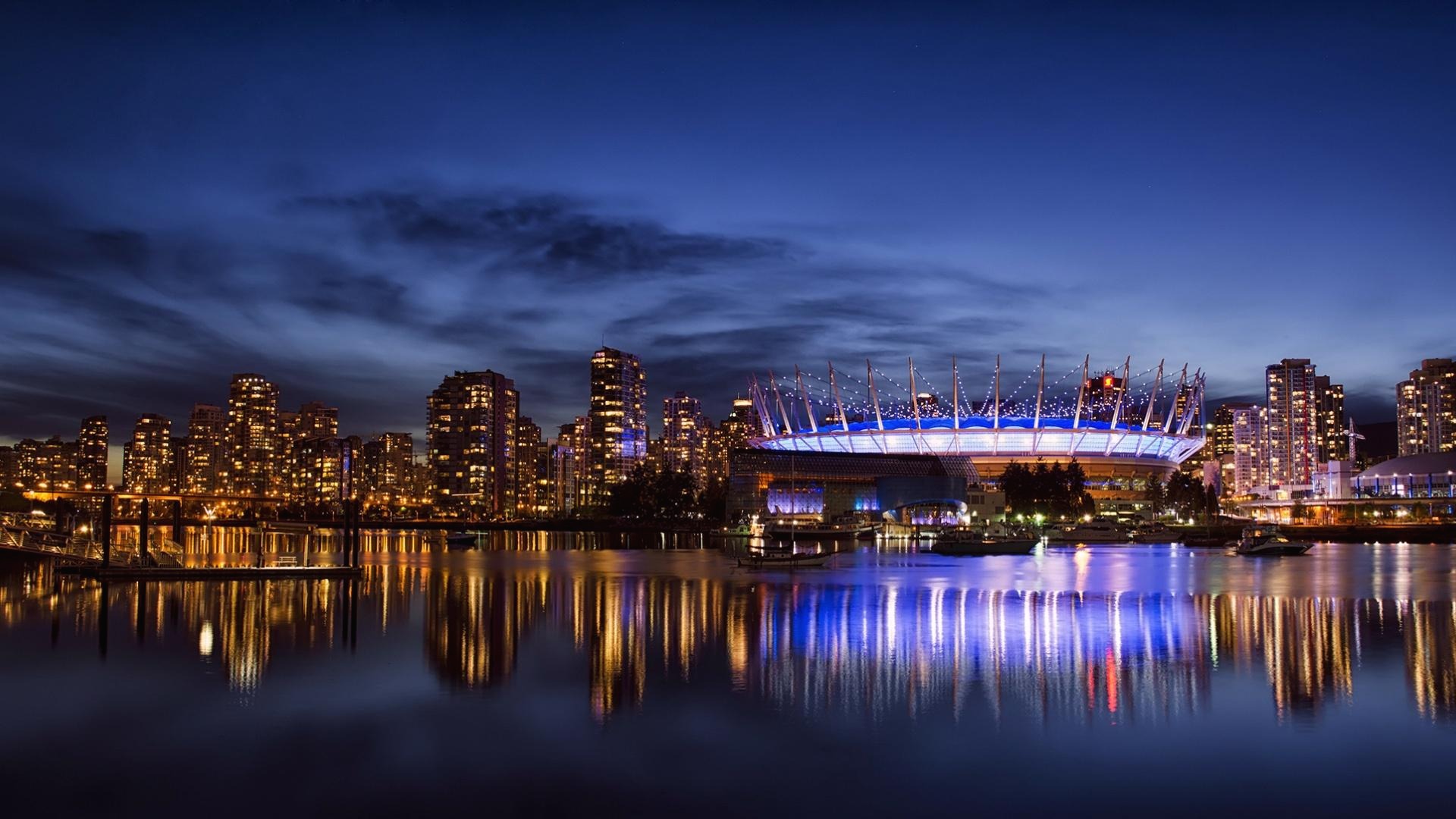ボッシュ:再生可能エネルギーの供給体制をさらに拡充

ボッシュは、クライメートニュートラルのために、太陽光発電による電力の購入に関して3件の長期契約を締結した。
再生可能エネルギーは、クライメートニュートラルの実現に向け、企業が大きく調整することのできる主要な分野である。ボッシュは、各拠点での自家発電をさらに推し進めており、新たに建設されたウィンドパークやソーラーパークから長期的に再生可能エネルギーの供給を受けることも確定している。そのために、グローバル規模で革新的なテクノロジーとサービスを提供するボッシュは、プロバイダーであるRWE、Statkraft、Vattenfallとの間で、太陽光発電を利用した電力の長期独占購入契約を締結した。
新型コロナウイルス感染症のパンデミックがもたらす厳しい状況下においても、ボッシュは極めて意欲的なクライメートアクション計画を推し進めまる。「気候変動の進行は、少しも止む気配がありません。したがって、私たちの取り組みも手を緩めるわけにはいきません。ボッシュは2020年末までに、カーボンフットプリントを一切残さないという野心的な目標を達成できる見通しです」と、ボッシュ・グループCEOのフォルクマル・デナー氏は述べている。
ボッシュは、世界中に400あるすべての拠点において、クライメートニュートラルを実現することになる。ドイツ国内の拠点では、2019年末からすでにクライメートニュートラルを達成している。「エネルギー転換へ向けた私たちの取り組みは、2020年以降も継続します。再生可能エネルギーへの投資が、その重要な証です」とデナー氏は付け加え、クライメートアクションにはコストがかかるものの、エネルギー効率向上のための投資は特にコスト削減にもつながるため、何も対策を講じなければさらにコストがかかると説明した。
生態学の見地からカーボンニュートラルの品質をさらに向上
カーボンニュートラル実現のために、ボッシュは再生可能エネルギーに加えて、各拠点におけるエネルギー効率の改善に向けた投資に特に力を入れている。今後2030年までに、この2つの施策を段階的に強化することで、生態学的な見地からのカーボンニュートラルのさらなる品質向上を図る。
また、短期的な効果が見込める対策として、既存の発電所からグリーン電力を調達することで、さまざまなクライメートアクション施策でも避けることのできないCO2を完全にオフセットしている。「2020年のカーボンニュートラル対策におけるカーボンオフセットの割合は、当初の計画よりも大幅に低下する見込みです。言い換えれば、私たちが取っている対策の質的向上が、予測以上に進んでいると言えます」と、デナー氏は述べている。
ボッシュは、自社のエネルギー消費に占める再生可能エネルギーの割合を大幅に上げることを目指す。新たに締結した3件の太陽光発電による電力購入の長期契約は、この目標達成を後押しするものであり、またエネルギー転換の推進を後押しするものでもある。ボッシュの2019年における世界全体での総CO2排出量(スコープ1+2)は約194万トンで、これはすでに前年度のおよそ3分の1以下に削減されているということになる。
新しいソーラーパークから10万メガワット時を調達
ボッシュは、新たに契約したRWE、Statkraft、Vattenfall各社の発電所から独占的に電力の供給を受ける予定。この電力は、3つのサプライヤーの補助金をまったく受けていないソーラーパークから公共の送電網を介して供給され、ドイツ国内のボッシュの拠点で消費される。これにより、2021年以降は年間あたり合計10万メガワット時以上をカバーできる予定で、これは最大で一般家庭3万世帯、またはボッシュのフォイヤバッハの拠点の電力消費量の70%に相当する。
太陽光発電の条件が最適であれば、フォイヤバッハ、ホンブルク、バンベルクの工場の電力需要を同時に最低でも数時間は満たせるだけの、十分な最大出力が得られる見込み。今回の長期契約の締結は、ボッシュのグリーン電力調達の一部に代わるもので、契約期間は12年から16年となっている。Statkraft社からはすでに、5月から電力が供給されている。
ボッシュ・グループは、ドイツ国外でも同様の長期契約の締結を目指している。例えばメキシコでは、すでに最大でエネルギー需要の80%がこのような新クリーン電力で賄われている。メキシコの多くのボッシュ工場では、新たに契約した大手エネルギー会社Enel系列の風力発電基地から、年間約10万5,000メガワット時の電力供給を受けている。Enel社とは、15年にわたるパートナーシップ契約を締結している。
太陽熱から水素まで:自家発電でエネルギー需要をカバー
ボッシュは、再生可能エネルギー資源を利用した電力の独占購入に加え、自家発電の拡充も進めている。自社工場に設けた約50基の太陽光発電システムによる現在の年間発電量は、およそ6万メガワット時。インドのナシク工場には、このタイプではインド国内の自動車業界最大となる発電所がある。ボッシュは2030年までに、拠点内での再生可能エネルギーの供給を合計40万メガワット時まで拡大させる計画。2020年中に完成予定のタイのヘマラート工場の太陽光発電システムは、年間あたり1,300メガワット時の発電量が見込まれている。
さらにボッシュは、水力発電およびバイオマス発電のプロジェクトも進めている。水素から熱や電力を製造するような新しい手法も、エネルギー供給の手段として組み込まれている。昨年は、ボッシュが開発した定置用燃料電池のプロトタイプが、ホンブルクおよびバンベルクの拠点で稼働を開始した。ピーク時の電力需要はすでにこの燃料電池でカバーされている。
ザルツギッターでは、フラウンホーファー研究機構およびその他の現地企業と連携して、水素キャンパスとして知られる水素センターを設立した。資金はニーダーザクセン州に加えてザルツギッター市からも提供されている。ヴェルナウのトレーニングセンターでは、6月末に、固体酸化物形燃料電池(SOFC)技術を利用したSOFCシステムが稼働を開始した。テューリンゲン州では、アイゼナハにあるボッシュ工場のビーコンプロジェクトが進行中で、2022年までに太陽光発電システムを利用した自家発電および風力発電による電力の独占購入契約で電力需要を賄うとともに、AIを利用した高度なエネルギー管理で需要を最低限に抑える。
https://motor-fan.jp/tech/10015931
'New Energy' 카테고리의 다른 글
| KIST team develops membrane reactor system to produce pure H2 from ammonia with high productivity (0) | 2020.08.27 |
|---|---|
| BP 2020 통계 분석 (0) | 2020.08.22 |
| GREEN HYDROGEN IN OCEAN-GOING SHIPPING? (0) | 2020.08.18 |
| How do flow batteries work? (0) | 2020.08.18 |
| ごみの山が“無限のエネルギー源”になる:米国で動き出した水素革命の潜在力 (0) | 2020.08.18 |










